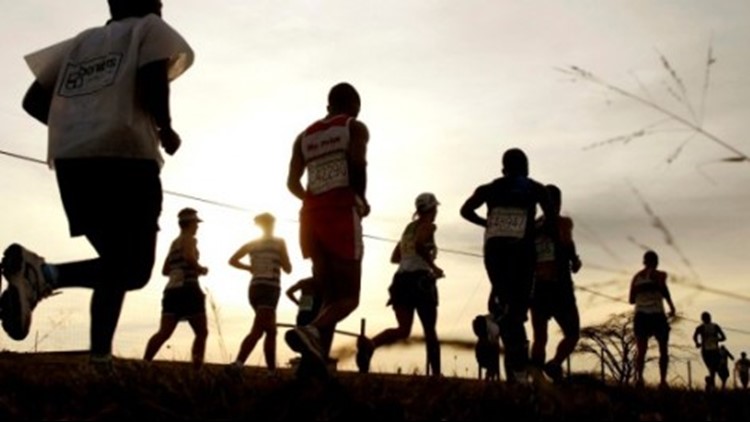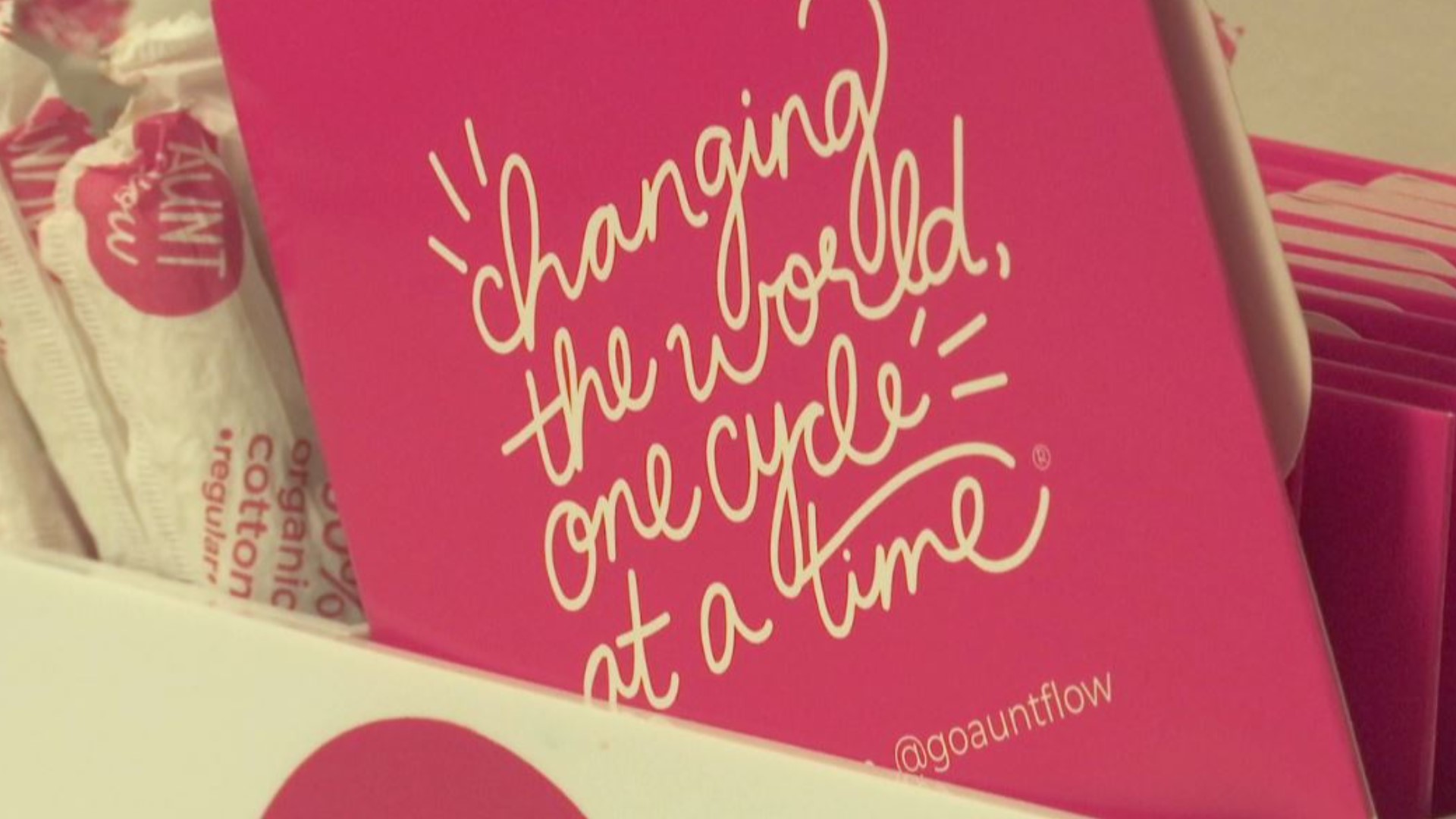COLUMBUS, Ohio — Last year, the City of Columbus and Franklin County declared racism a public health crisis. Both committed to improving the quality of life and health of minority residents.
The pandemic shed light on the disparities among people of color, but another event highlighted the challenges many face when it comes to fitness.
On February 23, 2020, 25-year-old Ahmaud Arbery was out for a jog in a coastal southern Georgia neighborhood when he was shot and killed.
The three white men charged in his murder said they thought Arbery was a burglar. Federal prosecutors said Arbery was targeted because he was Black.
In May 2020, thousands of people nationwide took to the streets to run on what would have been Arbery's birthday, using the hashtag #IRunWithMaud.
While his murder continues through the justice system, it’s a reminder of the disparities people of color face doing an activity many others take for granted.
“After the death of Ahmaud Arbery, it really kind of demonstrated that running and jogging are not activities that are necessarily accessible to Black people,” said Edward Johnson, public health policy director at Columbus Public Health.
Johnson also enjoys running and explained to 10TV that what happened to Arbery is not lost on him.
“Just for situational awareness, if you go running through a different neighborhood with sidewalks, you wonder, 'Is someone watching me?' or 'Is someone following me just to know what's going on or if they think I don't belong there?’” he said.
Johnson said he believes that increasing representation among people of color in the running world could help break down some of the barriers they face.
“You think about elite level running. So many of those runners are runners of color who are performing at high levels but we’re not seeing folks just at a grassroots level thinking that that’s something they can do,” he said.
The local chapter of Black Girls Run is working on it.
“One of the things our founders said as they started this group is, you know, as they went out to races they saw no one that looked like themselves,” said Cheralee Calhoun, an ambassador for Black Girls Run.
Today, the Columbus chapter of Black Girls Run is celebrating 10 years together, with 4,000 members in its Facebook group.
“By us attending events like the African American Male Wellness Walk, the United Negro College Fund Walk, Jesse Owens jogs, those kinds of races like that, we get a chance to outreach and work within that space, within that group of people that look like us,” said Ta Trecia Davis, an ambassador for Black Girls Run.
Beyond running itself, Black Girls Run ambassadors said they also see a lack of diversity within fitness-related sales and advertising.
It’s why they said they hope to work with local shops like Columbus Running Company and Fleet Feet to further drive minority representation.
The City of Columbus continues its efforts to tackle racism on other fronts, such as addressing the disparities in infant mortality and opening the center for Public Health Innovation.
“And then this pandemic and the work we’ve all done during the pandemic to help our Black and brown individuals and low-income population,” said Dr. Mysheika Roberts, Columbus Health Commissioner. “Offering testing here at the health department last June when many people didn’t have access to testing – that was one of the huge steps we did; the outreach we’ve done with our vaccines to make sure our minority population and low-income population get vaccines.”
The first step to addressing the issues is acknowledging that the problems exist, Dr. Roberts said.
“We knew disparities existed but many around the country just didn't realize how many disparities existed in their own communities,” she said.



